This meticulously detailed early 18th-century map, entitled Ducatus Slesvicensis in omnes ejusdem Generales et Particulares Praefecturas exactè divisi Nova tabula, edita, offers a comprehensive cartographic representation of the Duchy of Schleswig.
The map divides the region into its general and specific prefectures. This map not only delineates political boundaries but also beautifully integrates geographical features and settlements, enhanced by hand coloring that differentiates various jurisdictions.
The Duchy of Schleswig, historically lying between Denmark and the Holy Roman Empire, was a focal point of regional power struggles during the 17th and 18th centuries. This period was marked by frequent conflicts such as the Thirty Years' War and the subsequent wars between Denmark and the German states. The map reflects the complex administrative divisions of Schleswig, which were significantly influenced by these geopolitical dynamics.
During the 18th century, Schleswig was contested ground due to its strategic location and cultural significance. It was an era characterized by the push and pull between Danish sovereignty and German influence, which is subtly encapsulated in the map’s representation of territorial divisions and place names that bear both Danish and German linguistic influences.
Furthermore, the map is adorned with an elaborate cartouche that includes allegorical figures, likely representing the agricultural and maritime prosperity of the region.
Johann Baptist Homann (1663-1724) was a mapmaker who founded the famous Homann Heirs publishing company. He lived his entire life in Bavaria, particularly in Nuremberg. Initially, Johann trained to become a priest before converting to Protestantism and working as a notary.
In 1702, Johann founded a publishing house that specialized in engravings. The firm flourished, becoming the leading map publisher in Germany and an important entity in the European map market. In 1715, Johann was named Imperial Geographer to the Holy Roman Empire by Charles VI and made a member of the Prussian Academy of Sciences. Most importantly for his business, his reputation and contacts gained him imperial printing privileges which protected his publications and recommended him to customers. Johann is best known for this Grosser Atlas ueber die ganze Welt, or the Grand Atlas of the World, published in 1716.
After Johann died in 1724, the business passed to his son, Christoph (1703-1730). Upon Christoph’s early death, the company passed to subsequent heirs, with the name of the company changing to Homann Erben, or Homann Heirs. The firm continued in business until 1848.









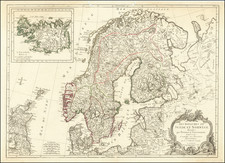
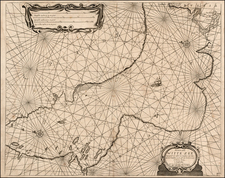
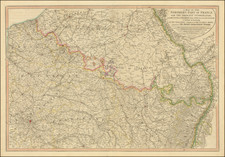
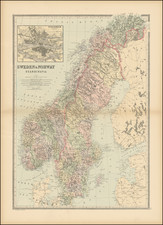
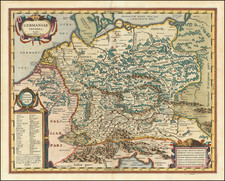
![[ Franco-Prussian War Map ] The Western Provinces of Prussia & Baden Showing The French & North & South German Frontiers . . . (and) Map of Western and Central Europe.](https://storage.googleapis.com/raremaps/img/small/104087.jpg)